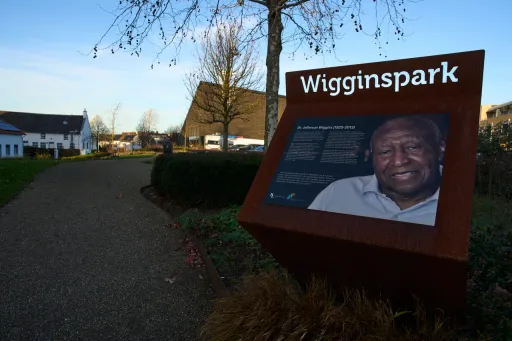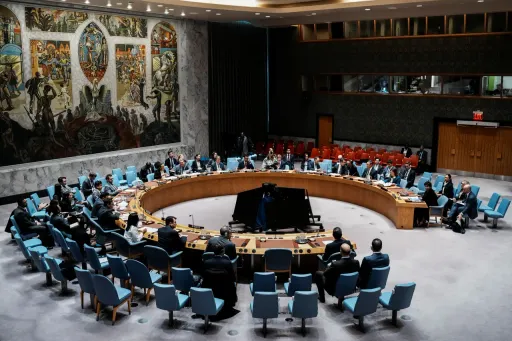Thousands of pilgrims have convened at Namugongo township in central Uganda to mark the Uganda Martyrs Day, a major event in the country's calendar.
The ceremony is held annually at Wakiso district, some 12 kilometres northeast of the capital Kampala, on June 3 of every year, and is a public holiday in Uganda.
Between January 31, 1885 and January 27, 1887, a group of 22 Catholic and 23 Anglican converts, mostly young Ugandan men, were executed on the orders of King Mwanga II of the Buganda Kingdom.
To commemorate this year's event, more than 800 pilgrims from Lira region in northern Uganda started their walk to the Namugongo Shrine on May 18, and arrived on May 31 ahead of the Monday convention.
Below are quick facts about Uganda Martyrs Day:
• Holiday observed since 1975 and is of great significance to Ugandan people.
• It celebrates the bravery and sacrifice of 45 Christians who chose execution rather than renouncing their faith.
• The Ugandan martyrs are hailed as heroes, and in some cases, saints.
• The 45 executed Ugandans are treated as a symbol of inspiration, hope, and unity to Ugandans.
History
In the late 1800s, Christian missionaries began arriving in Africa.
The first group of foreign people to arrive were Catholic missionaries, who were on a mission to spread the Christian gospel.
The group would later establish a mission centre in Uganda.
The Buganda Kingdom was one of the most powerful monarchies in Africa then. The king at the time, Muteesa I, allowed his people the freedom of choosing their religious faith.
Tradition, culture and values
Some members of the community, however, believed that Christianity was eroding their tradition, culture, and values.
When Muteesa I died in October1884, his son, Mwanga, was coronated.
Unlike his father, Mwanga did not tolerate other religions, and had a strong disapproval of Christianity.
He felt the missionaries had diluted his power, and in 1885, barely a year after becoming the king, Mwanga had three missionaries executed.
Shrine
Mwanga targeted people who worked with the missionaries, and when Charles Lwanga, a missionary, attempted to shield them, he and 16 other missionaries were killed.
When the persecution ended in 1887, 45 Christians from the Anglican and Catholic churches had lost their lives.
On June 3, 1975, Pope Paul VI had a shrine dedicated to the martyrs.
➤ Click here to follow our WhatsApp channel for more stories.
























